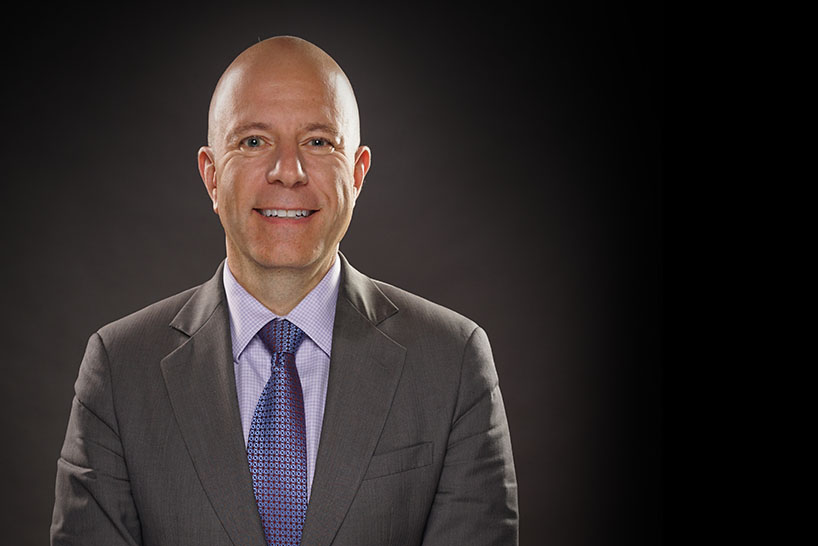Social Security Disability Insurance & Supplemental Security Income
The Social Security Administration (SSA) provides two types of disability benefits for eligible persons – Social Security Disability Insurance (SSDI) and Supplemental Security Income (SSI). SSDI is sometimes referred to as “SSD.” The federal government runs the SSDI and SSI programs. Some states add a small amount of cash payments to the SSI payments by the federal government.
If you qualify, both programs provide you with income, or extra income. SSDI is for people who can no longer work due to blindness or a disability, have worked for at least 5 out of the last 10 years and have already “paid into” the system. “Paying into” the system refers to payroll tax deductions taken from payment made for work you performed. SSDI benefits may also be payable to the children under 18 years of age and a surviving spouse of a disabled or blind worker.
SSI benefits are for those who may have a qualifying disability, are elderly or are under the age of 18, but do not qualify for SSDI because they did not work long enough to earn enough credits, or were paid for work in such a way that no payroll tax deductions were made (such as cash payments). Eligible beneficiaries must possess cash and valuables of no more than $2,000 for individuals or no more than $3,000 for couples. In addition, if you have a disability and qualify for SSDI, you may also be eligible for SSI if the amount of SSDI you receive is below a certain dollar amount.
The SSA defines “disability” very specifically. You will not be eligible for benefits if you do not fit within that specific definition. You must:
- Have a physical or medical condition that has lasted, or is expected to last, at least 12 months, or that will result in death, and
- You must be prevented from working at your current position, or in a similar position, due to that disability, and
- The disability must be the main reason you are not working.
The SSA will be looking at the degree to which you can do basic-work activities, like how long you can sit, stand, walk, and how much you can lift and carry, whether you can get along with supervisors, co-workers and the public, and whether you can use good judgment.
The person applying for benefits is called a “claimant.” You can apply for disability benefits in a number of ways, including in person, by telephone, by mail, or online. During the COVID-19 pandemic, there are no in-person meetings because most SSA offices are closed. While SSA offices are closed due to the pandemic, you may apply for disability benefits one of two ways. You may call your local SSA office, answer some preliminary background questions and schedule a more detailed interview as part of the application process. You may also apply for disability benefits online.
Legal Editors: Anselmo Alegria and Wiliam E. Leavitt, February 2018 (updated August 2020)
Changes may occur in this area of law. The information provided is brought to you as a public service with the help and assistance of volunteer legal editors, and is intended to help you better understand the law in general. It is not intended to be legal advice regarding your particular problem or to substitute for the advice of a lawyer.
Our Lawyers

Gil S.
LRS Lawyer
Our lawyers are screened and approved – they have all gone through an application and interview process. Each lawyer we recommend has been screened for significant experience, knowledge of ethics codes and rules, and law office practices, including customer service skills and handling of fees and billing.
About Us
When you call us, you will be speaking with an attorney. One of our attorney referral counselors takes your call and talks with you about your legal question, or reviews your online referral request. There is no charge to speak with one of our attorney referral counselors -- we’re here to help.

